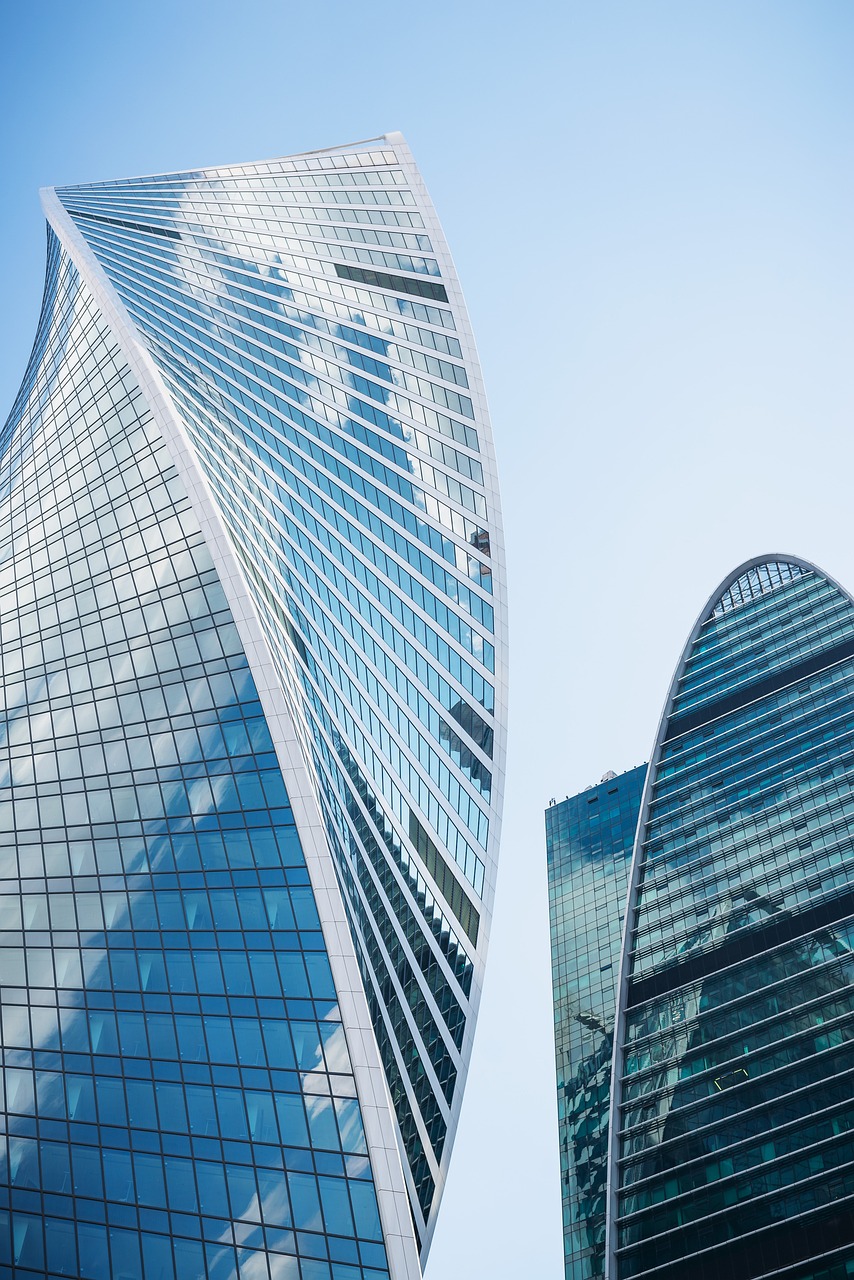Commercial Real Estate Trends for 2024:
Navigating the Future Landscape
As we step into 2024, the commercial real estate market continues to evolve, shaped by technological advancements, shifting demographics, and global economic trends. From the rise of flexible workspaces to the increasing focus on sustainability, several key trends are poised to influence the industry in the year ahead. Let's explore some of the most notable commercial real estate trends for 2024.
1. Flexibility Reigns Supreme
The COVID-19 pandemic accelerated the trend towards flexible work arrangements, prompting businesses to reassess their office space needs. As we move forward, flexibility will remain a top priority for tenants. Companies are seeking spaces that can easily adapt to changing needs, whether it's accommodating remote work, hot-desking arrangements, or collaborative projects. Landlords and developers are responding by offering more versatile lease terms and designing multi-functional spaces that can be easily reconfigured.
2. Rise of Smart Buildings
Technology continues to revolutionize the commercial real estate sector, with smart buildings leading the way. In 2024, we can expect to see an increasing integration of IoT (Internet of Things) devices, sensors, and data analytics tools within commercial properties. These technologies not only enhance energy efficiency and operational performance but also improve tenant experience by enabling personalized amenities and services.
3. Sustainability Takes Center Stage
With growing concerns about climate change and environmental sustainability, commercial real estate stakeholders are placing greater emphasis on green building practices. In 2024, sustainability will be a key differentiator in the market, influencing everything from design and construction to operations and management. Investors are prioritizing assets with high ESG (Environmental, Social, and Governance) ratings, while tenants are demanding energy-efficient spaces that align with their corporate sustainability goals.
4. Urban Revitalization
Despite the challenges posed by the pandemic, many cities are experiencing a resurgence as businesses and residents return to urban cores. In 2024, we can expect to see continued investment in urban revitalization projects, including mixed-use developments, transit-oriented developments, and adaptive reuse initiatives. These projects not only breathe new life into urban neighborhoods but also create opportunities for commercial real estate investors and developers.
5. Embracing Proptech
The intersection of real estate and technology, known as proptech, continues to disrupt traditional business models and processes. In 2024, proptech solutions such as virtual reality property tours, blockchain-based transactions, and AI-powered property management platforms will become increasingly prevalent. These innovations streamline operations, enhance transparency, and improve decision-making for all stakeholders in the commercial real estate ecosystem.
6. Focus on Health and Wellness
The pandemic has heightened awareness of health and wellness considerations in the built environment. As a result, commercial real estate stakeholders are prioritizing features that promote occupant health and well-being. This includes amenities such as outdoor spaces, access to natural light, indoor air quality management systems, and wellness programs. Properties that prioritize the health and comfort of their occupants will be in high demand in 2024 and beyond.


